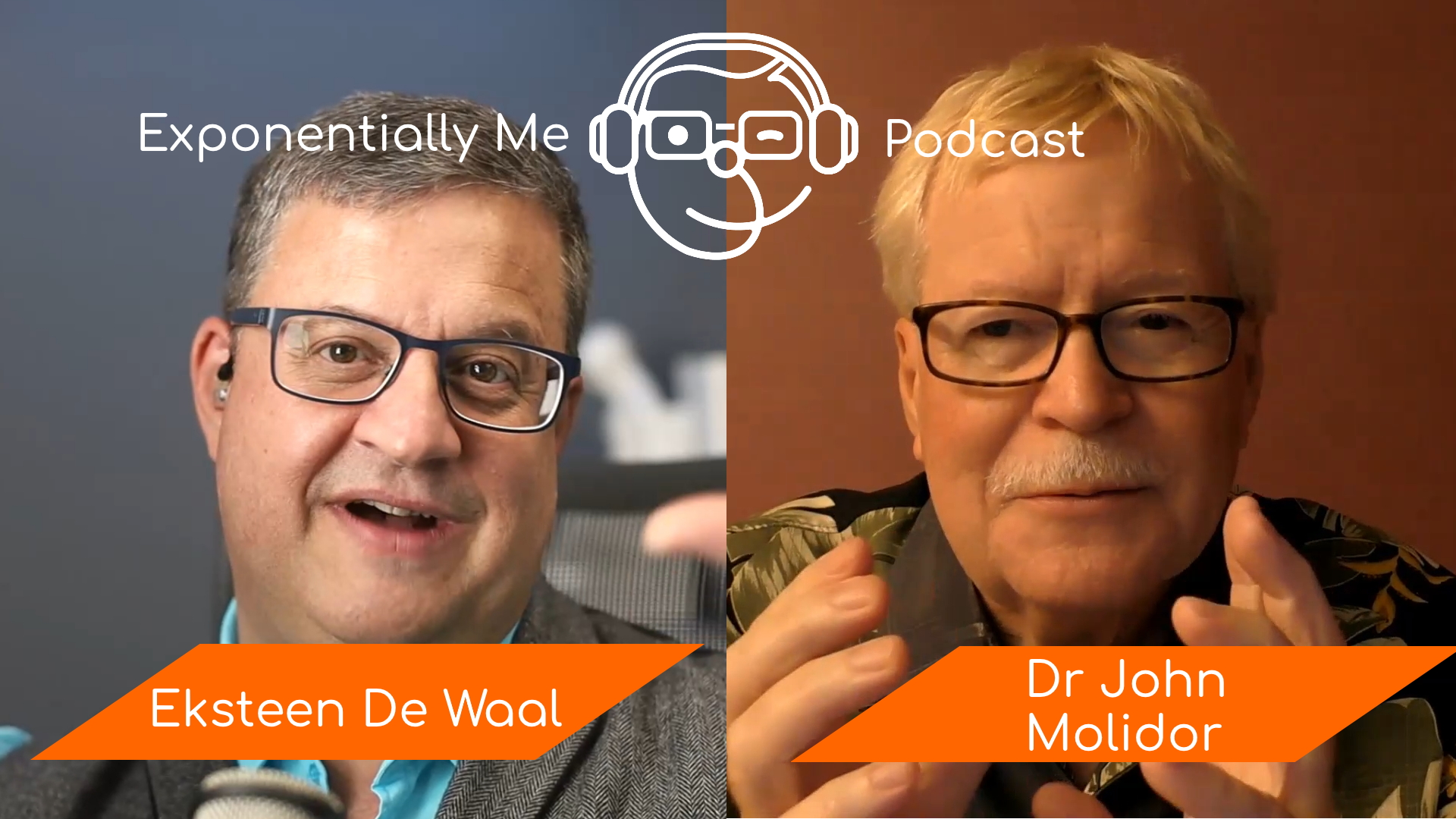Dr. John B. Molidor, CSP, is a Professor Emeritus at Michigan State University College of Human Medicine with a strong interest in neuroscience, psychology, and behavioural health. John has a wealth of experience working with individuals and leaders to make more effective decisions, lead others, and live their lives fully.
When posed the question, is leadership a relationship? John takes us back to the infant brain and how the brain seeks wiring instructions. John says that these wiring instructions come from other people, and that from the moment a person is born, they are already starting to build relationships. If we think about babies, they should be held, nurtured, and given relationship attention from birth. These early years of a human’s life are critical for the ability to have connected relationships later on.
And so, it is natural that all human beings are designed for relationships from their start of life. The arrival of the Covid-19 pandemic turned the human norm of socializing and interaction on its head and suddenly the world went into lockdown and people had to live in isolation in many senses. Almost overnight, the way we engage other human beings changed. Screens, masks, and cameras have changed the way in which we were able to connect and reach out to others.
The pandemic highlighted many important aspects of our human needs and desires and forced people to come up with different ways of staying in touch and finding those feelings of ‘belonging’ even through isolated times. Although we couldn’t physically achieve this, the importance of words and personal sharing became new ways for people to connect and experience relationships.
In life and with the remote and virtual working world in mind, John advocates that people make the time to check in and catch up with one another before or after each call – he says that if we cannot physically be together then we need to be intentional about connecting in ways that we can.
The other important factor of relationships is the visual experience that goes with it, says John. The brain is incredibly fast when interpreting visual images and making decisions. However, today with so many organizations and teams meeting on Zoom for example, the larger the group on the call, the more we will have to process visual information. The challenge here is that with many people on the call, we are now just looking at blurry boxes on our screens and missing the visual process.
This way of engaging people in our teams is challenging for both leaders and team members. When you cannot see and experience people at face value or engage them personally in the team environment, it becomes difficult to ascertain whether the information you are exchanging is truly being received in its entirety.
With so much having changed and so fast, how should we, as leaders, be shifting our focus and frameworks to engage the people in our teams? Take a listen to John’s insightful knowledge and thoughts around leadership and relationships for today’s world in this Exponentially Me podcast.



